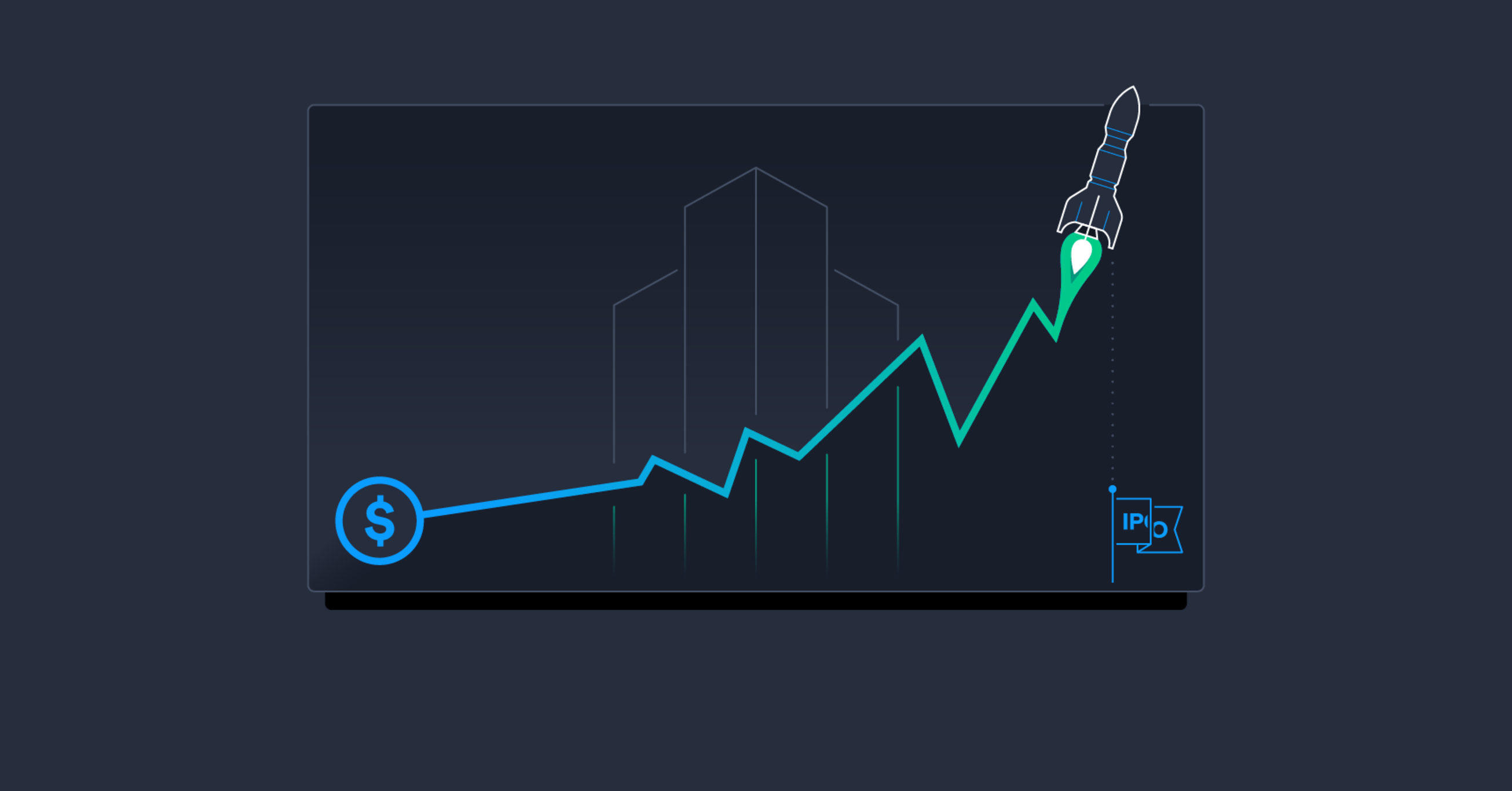An Initial Public Offering (IPO) marks a major milestone for a company. It is the process through which a private company offers its shares to the public for the first time. This transition from a private entity to a publicly traded company opens up new avenues for raising capital, but it also comes with substantial changes in the company’s stock price, market value, and overall financial dynamics. For both the company and its investors, understanding the potential effects of an IPO on stock price and market value is crucial to navigating the complexities of this process.
This article explores the ways in which IPOs impact the stock price and market value of the company, the factors influencing these changes, and the short- and long-term effects on investors and stakeholders.
1. Understanding IPOs and Their Purpose
Before delving into the impact of IPOs on stock price and market value, it’s important to understand what an IPO is and why companies go public.
What Is an IPO?
An IPO is when a company offers its shares to the public for the first time. Prior to the IPO, the company is privately owned by a small group of investors or founders. The IPO process helps the company raise capital by selling a portion of its shares to public investors. The funds raised from an IPO are often used for expansion, paying off debts, or investing in new projects.
Reasons for Going Public
- Raising Capital: Companies typically go public to raise substantial funds that can be used for expansion, acquisitions, or research and development.
- Increasing Public Visibility: Becoming a publicly traded company increases visibility and credibility, which can open doors to new business opportunities and partnerships.
- Liquidity for Shareholders: IPOs allow existing private shareholders, such as venture capitalists or company founders, to sell their shares and realize gains on their investments.
2. IPO and Initial Stock Price
The stock price at the time of the IPO is one of the key factors in determining how the market perceives the company. The initial price is typically set through a process known as “pricing,” which involves collaboration between the company and its underwriters (usually investment banks). Several factors influence the determination of the IPO price:
Underwriting and Pricing the IPO
- Valuation: The company’s valuation is a critical factor in determining the price of the IPO. Underwriters typically assess the company’s financials, growth potential, and industry performance to come up with a fair value.
- Market Conditions: The broader market conditions, including economic factors and investor sentiment, play a role in how much demand there is for the stock. A strong market might push the price up, while an unfavorable economic environment could lead to a lower-than-expected valuation.
- Investor Demand: The underwriters gauge investor interest through a “book-building” process, where institutional investors express their interest in buying shares at various price levels. The final IPO price is set based on the demand during this process.
Why It’s Important:
The stock price at the time of the IPO is important because it reflects the market’s initial perception of the company’s value. It sets the stage for the performance of the stock in the secondary market and can indicate the company’s long-term prospects based on investor confidence.
3. Short-Term Effects on Stock Price Post-IPO
Once the IPO is launched and shares begin trading on the stock market, the stock price typically experiences fluctuations in the short term. There are a few common patterns and behaviors that investors may observe:
Volatility After the IPO
- Initial Surge or Decline: It is not uncommon for IPO stocks to experience a surge in price on their debut day, as demand from investors pushes the stock higher. This often happens when the IPO is seen as a hot commodity and institutional investors are eager to get in on the ground floor. On the other hand, if the IPO pricing is seen as too high or if investor demand is lukewarm, the stock price can drop below the offering price.
- Market Speculation: IPOs can attract speculative investors who may be betting on short-term gains, adding to volatility. For example, the “pop” that many IPO stocks experience on the first day of trading often reflects speculative buying as the stock price climbs higher than its initial offering price.
- Lock-Up Periods: After an IPO, there is often a lock-up period (typically 90 to 180 days) during which insiders—such as employees and venture capitalists—are restricted from selling their shares. Once this period ends, a large number of shares may be sold, leading to a drop in the stock price as supply increases.
Why It’s Important:
- Short-term price fluctuations can make IPO stocks seem risky to investors. These changes can be influenced by market conditions, speculation, and even the excitement surrounding the company’s public debut. It is crucial for investors to be prepared for this volatility and to distinguish between short-term trends and long-term potential.
4. Long-Term Impact on Stock Price and Market Value
While IPOs may initially create volatility in a company’s stock price, the long-term impact is often more telling. Over time, the stock price can either rise or fall based on the company’s performance, market conditions, and its ability to meet growth expectations.
Impact of Company Performance
- Earnings and Growth: The company’s ability to meet its financial projections and grow its earnings will play a major role in determining the long-term value of the stock. If a company performs well and grows its revenue, investors will be more likely to buy and hold its shares, which can drive up the stock price.
- Brand Recognition and Market Position: As a public company, the company gains more exposure. Over time, public companies can build a stronger brand and a more recognized market position, which can contribute to an increase in the stock price.
Impact of Industry Trends and Economic Conditions
- Market Sentiment and Sector Trends: Even a company with strong financials can see its stock price fluctuate based on broader market sentiment or sector-specific trends. For example, the performance of the technology sector, healthcare advancements, or commodity price fluctuations can all have an impact on a company’s stock price, particularly for new IPOs in emerging industries.
- Mergers and Acquisitions: Public companies are more likely to be involved in mergers and acquisitions (M&A) as their stock is a currency that can be used to facilitate deals. This could have a significant impact on the stock price if the market perceives these acquisitions as value-adding.
Why It’s Important:
- Long-term stock price growth reflects the company’s ability to meet its financial goals, adapt to market conditions, and continue providing value to its shareholders. For investors, the long-term performance of the stock post-IPO is usually the most important consideration.
5. How IPOs Impact Market Value
Market value (also known as market capitalization) refers to the total value of a company’s outstanding shares of stock. It is calculated by multiplying the company’s stock price by the number of shares outstanding. IPOs have a direct impact on a company’s market value in a number of ways.
Initial Market Value and Post-IPO Changes
- Initial Market Value: At the time of the IPO, the company’s market value is determined by multiplying the initial IPO price by the total number of shares being offered. For example, if a company offers 10 million shares at $20 each, its market value will be $200 million.
- Fluctuation in Market Value: After the IPO, the market value of the company fluctuates with the price of its stock. If the stock price increases due to strong financial performance or market conditions, the company’s market value grows. Conversely, if the stock price declines, so too will the market value.
Investor Sentiment and Market Perception
- Market Sentiment: The company’s market value is also influenced by investor sentiment and perception. A company that is seen as innovative, with strong growth potential, will likely see its market value increase over time. On the other hand, if the company fails to meet expectations, or if its market outlook is less favorable, its market value may decline.
Why It’s Important:
- The market value of a company plays a major role in determining its standing within the broader stock market. A company with a high market value is seen as more stable and successful, while a company with a low market value may be seen as underperforming or risky.
Conclusion
IPOs are transformative events for companies, with significant effects on stock price and market value. While short-term volatility is common following an IPO, the long-term impact largely depends on the company’s performance, market conditions, and ability to fulfill its growth potential. IPOs provide companies with an opportunity to raise capital, gain public exposure, and attract investors, but they also expose the company to greater scrutiny and the pressures of the public market. For investors, understanding how IPOs impact stock price and market value is crucial for making informed investment decisions and navigating the opportunities and risks associated with newly listed companies.

